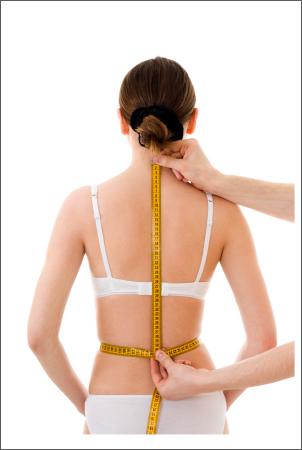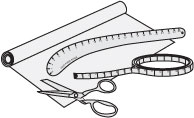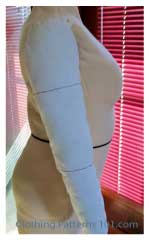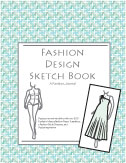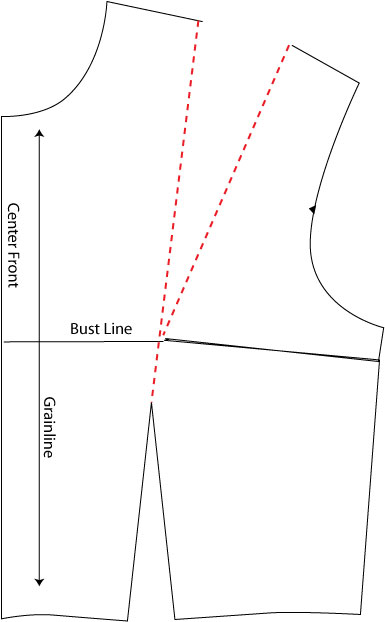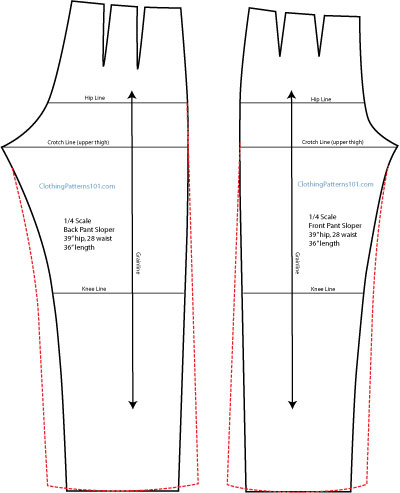- Clothing Patterns 101
- Drafting and Design Tools
- Fitting Patterns
Using Your Basic Dress or Pant Fitting Pattern
Click on the links below to go to the item in Amazon. As an Amazon Associate I earn from qualifying purchases. This helps to keep this site free for your use. You are free to search Amazon for these or other similar items without using the affiliate links on this page.
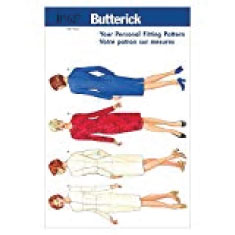
A commercial “fitting pattern” is one that you’ll use to make any alterations or adjustments for a well-fitting basic dress.
Fitting patterns are available from most pattern companies – look at the very BACK of the pattern book at your local sewing center, or order one from Amazon (I like the one from Butterick, at left, available in both misses and plus sizes).
PLEASE NOTE: When purchasing ANY commercial pattern, READ THE SIZE CHART to determine what size you need. Commercial pattern sizes are VERY DIFFERENT from retail clothing - your fitting pattern will NOT be the same size as a garment you buy in any store (expect the pattern to be at least 2 sizes larger than the clothing you buy).
Pant fitting patterns are harder to find - Vogue is the only pattern company I can find that publishes a pant fitting pattern.
While these fitting patterns are readily available on Amazon.com, they can sometimes be difficult to find at a fabric shop or sewing center. I ran into that problem when looking for the pant fitting pattern.
I decided to try a different pattern so I can show you how to handle the kinds of changes you'll need to make if you, too, have trouble finding a real fitting shell pattern.
For the pant, I chose a simple, pull-on style, similar to a pajama pant. It has no design details (no slash or patch pockets, yokes, or seaming). It is, however, a very relaxed and casual style - so it is quite oversized, with no fit through the hip and the waist.
We can deal with this, but it take a lot more work during the fitting process.
For the dress, I was able to find a proper fitting shell at a store, but you may also find a very simple dress, with or without a waist seam, which could make a good substitute if needed.
The key to using a basic dress pattern is the lack of styling details. Like the pant, there should be no pockets, yokes, seaming, gathers or pleats. Use a very simple style.
AND - find one that has both waist darts and side bust darts. THESE ARE CRITICAL FOR A FITTING PATTERN, and for the block you will make from this pattern.
This dress does not need to have a waist seam, so the bodice and skirt may not be separate. At the very least, mark the waistline during fitting (tie a cord or elastic around the waist and mark with a fabric marker).
The dress may also have a more open neckline than the block should have. Fill in the neckline before cutting, and draw a close-fitting jewel neckline during the fitting.
Alternative patterns are usable if you have no other options, but both require much more work during the fitting process.
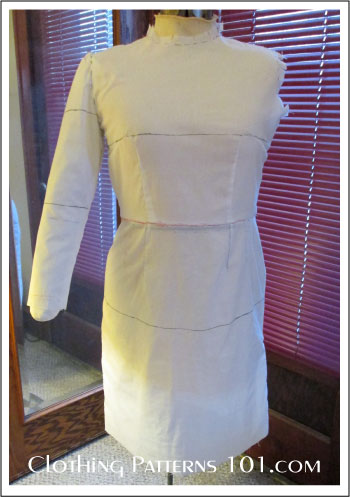
Any fitting pattern produces a VERY basic and boring dress or pant – but don’t worry, it isn’t your final project!
You'll make this garment in muslin (or another very cheap fabric - you won't be wearing this dress outside the house), then try it on and make whatever adjustments you need to make to fit your body.
You'll then take it apart and trace it to make your basic block - and that basic block is the "blank slate" from which all of your designs are created!
Using a commercial pattern for the fit process is so much quicker and easier than drafting from measurements. With an initial pattern drafted from measurements, you'll still need to go through the fitting and correction process - so why do all that math??
Just be careful to read the measurement chart before choosing your pattern size. Commercial pattern sizing tends to be very different than retail sizing!
What Else Will You Need?
Return to Clothing Patterns 101 Home Page
ClothingPatterns101.com does not sell the personal information of its users to anyone, ever.
